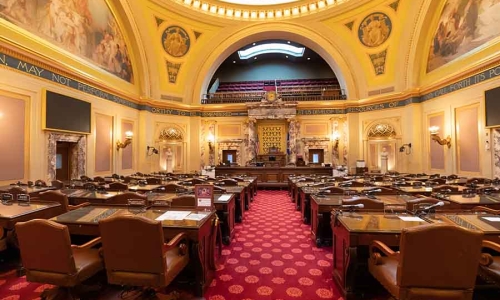Unveiling the truth behind cannabis and alcohol regulation: Why copy-and-paste isn’t enough

Balancing Similarities and Inherent Differences in Cannabis and Alcohol Regulations.
Alcohol and cannabis are often seen as being similar in everything except their chemical effects, as they are regulated substances that people use to “take the edge off.”
Because of the perception that cannabis and alcohol are similar, regulations on the two industries often go hand-in-hand.
For example, in New York, the proximity rules for dispensaries are almost identical to the rules for liquor stores. Many of the regulators working at the NYS Office of Cannabis Management (OCM) previously worked at the NY State Liquor Authority (SLA). The three-tier system for alcohol (producers, distributors, and retailers) formed the basis, at least on paper, for the four-tier system we have in cannabis (cultivators, producers, distributors, and retailers).
If we are going to be regulating the two industries in similar ways, we should be honest about the inherent differences between cannabis and alcohol.
On the business-side, the two are different in one key way: long-term storage and expiration dates. Alcohol is sold in large containers that take up a lot of space. Cannabis is much more compact with hundreds of thousands of dollars of product occupying just one room. Additionally, alcohol often gains value over time, whereas cannabis goes bad fairly quickly in comparison.
Because of this, cannabis purchasers must be wary of over-purchasing products that then expire before being sold. Since expiring products are bad for everyone, regulations pertaining to cannabis should target volume restrictions, especially minimum order quantities and large-volume discounts.
Other differences that may appear to be inherent differences are more due to the relative maturity of the markets and not to the products themselves.
For example, the difficulty of accepting credit cards for cannabis is not unique. With alcohol, it took 53 years after the end of prohibition before credit cards were accepted for alcohol purchases in New York. My family has been selling wine and spirits in Manhattan for over 60 years, and after credit cards were authorized for liquor, my father saw first-hand as his stores became safer to operate. The only violent incidents in his stores came during the cash-only era.
In the last 40 years, there has not been a single armed robbery at any of his liquor stores.
Another faux difference is the existence of a cannabis black market. While it is true today that the brazen selling of unlicensed alcohol out of pricey Manhattan storefronts would not go unaddressed as the illicit cannabis market has, this was not always the case.
After Prohibition ended in 1933, there were still many states that banned alcohol. Because of the patchwork legalized status of alcohol, bootlegging continued to exist for decades after alcohol legalization. It was only after alcohol became widely legalized that we saw bootlegging (mostly) disappear.
There is reason to believe the same could be true for cannabis.
Using alcohol regulations as the basis for cannabis regulations is not inherently problematic. But, regulators should be cautious that they are not haphazardly copy-and-pasting regulations. Regulators should be honest about the inherent differences between the two products when crafting regulations.
If we are not intentional with how we set up this industry, then we are setting ourselves up to fail.





